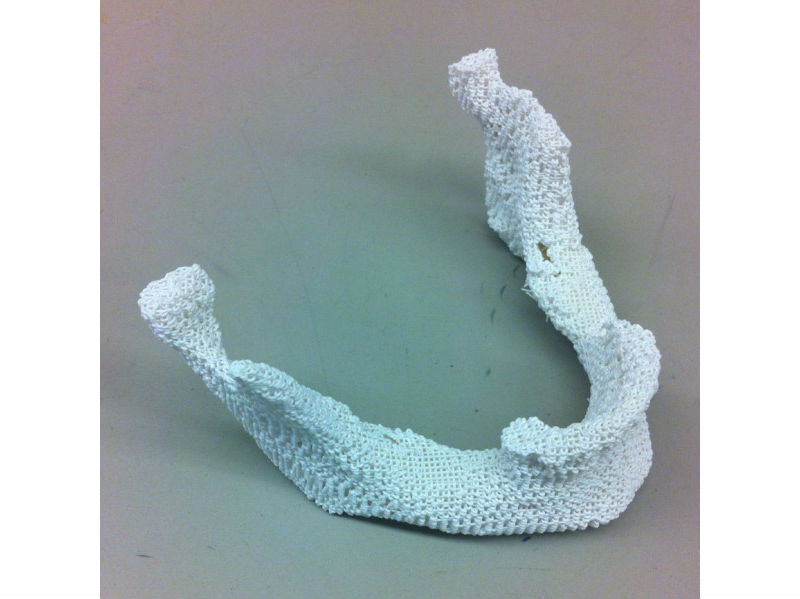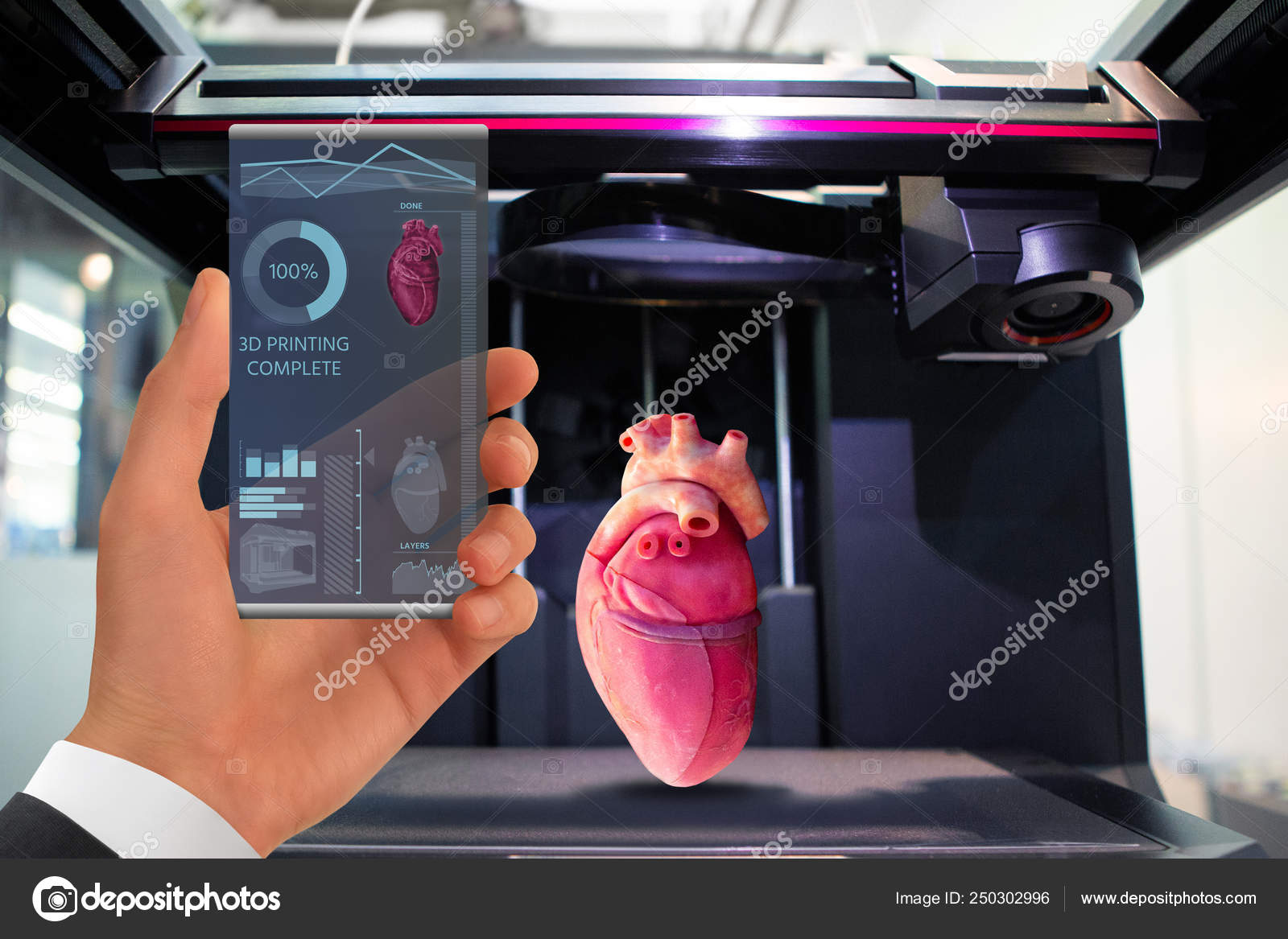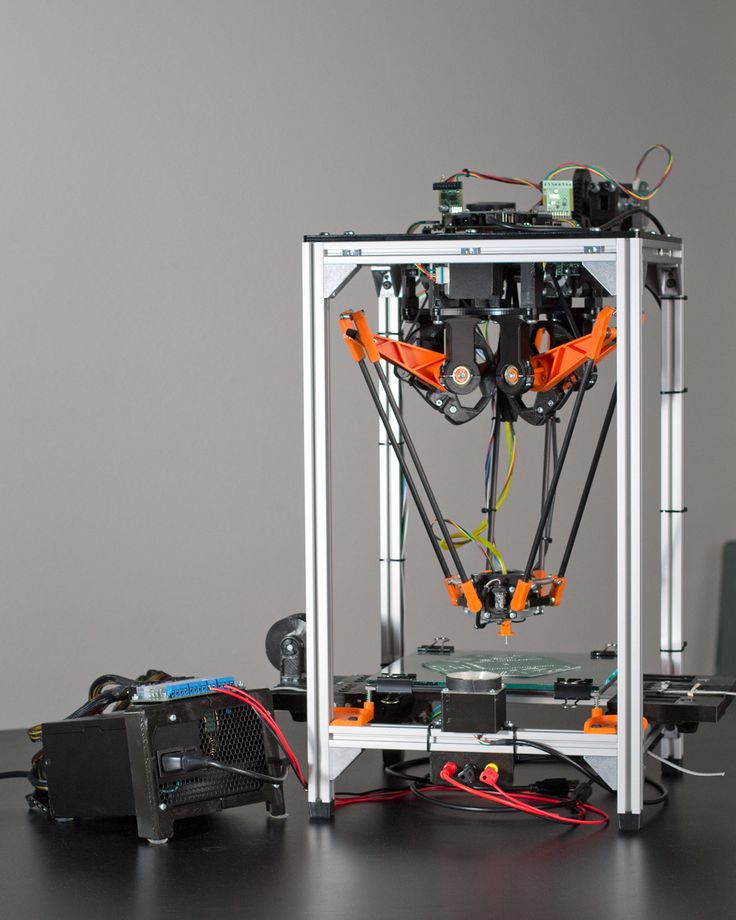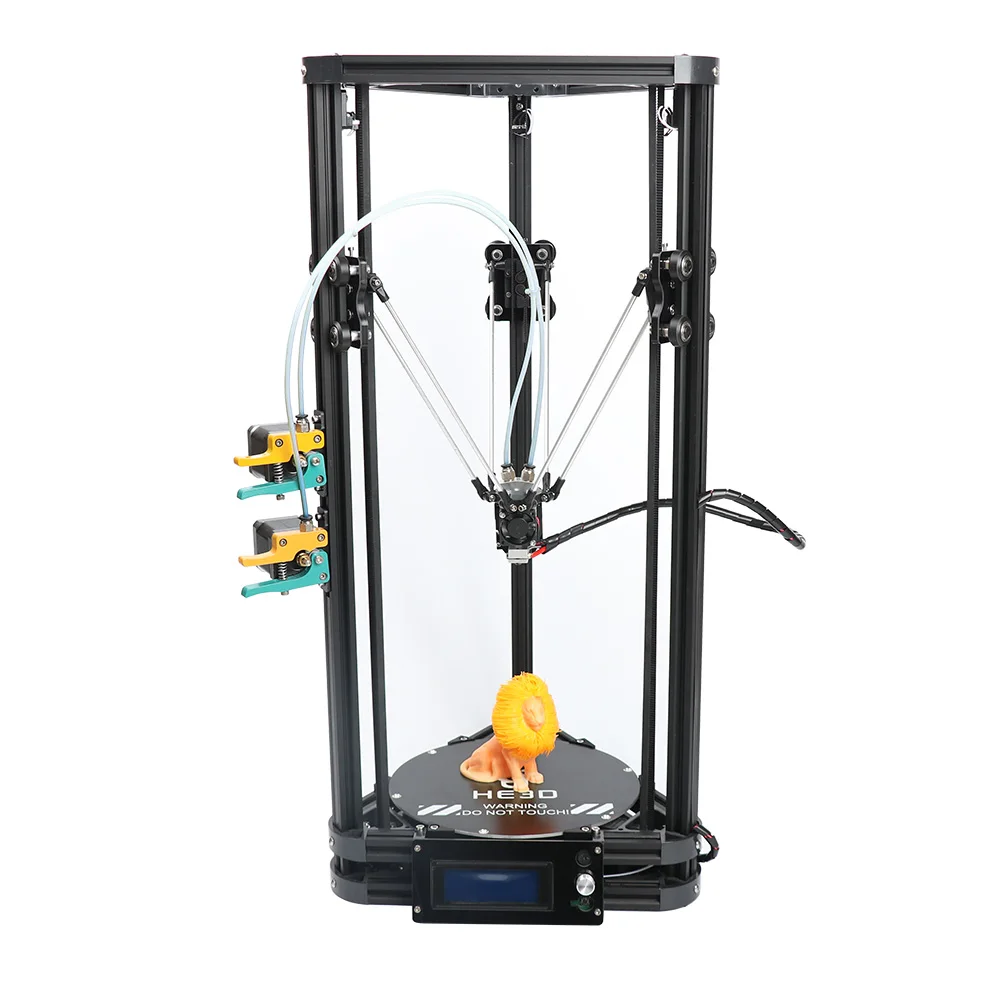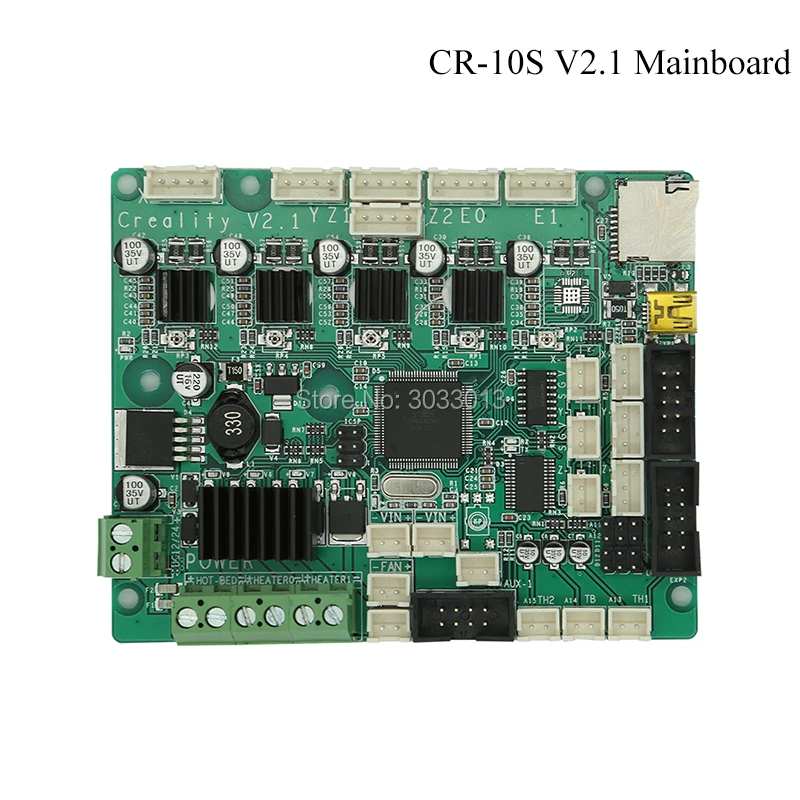3D printing scaffolds
Customizable Micro 3D Printed Scaffolds for Tissue Engineering : BMF Boston Micro Fabrication
By Nita Vaidya-Zannino
June 28, 2022
Monsur Islam, a post-doctoral researcher at Karlsruhe Institute of Technology in Karlsruhe, Germany, wanted to 3D print carbon structures to create customizable tissue engineering scaffolds. The main focus of this project is 3D printing glassy carbon material, which is typically achieved by 3D printing of a precursor followed by carbonization. To successfully print these scaffolds, Islam needed a high-resolution 3D printer with the necessary length scale and the appropriate precursor materials for carbonization.
Finding the Right 3D Printer
Dr. Islam was using two photon polymerization (2PP) and benchtop stereolithography systems to attempt to print the precursor structures for his scaffolds. However, these systems were limited on the resolution that could be achieved length scale, and the availability of appropriate precursor materials for 3D printing. Tissue engineering applications require intricate details that can only be printed on an ultra-high-resolution printer.
As a 2µm resolution system, BMF’s microArch® S130 is able to print structures with more complex internal structures with tight tolerances at a very high resolution. Using BMF’s HTL – Yellow resin in the the microArch S130, 3D printed precursors carbonized seamlessly without creating any artifacts arising from the precursor. Furthermore, the BMF 3D printer proved to provide sufficient resolution and length-scale suitable for 3D cell colonization.
3D printed carbon microlattice architecture at 150x magnification
3D printed carbon microlattice architecture at 500x magnification
Using the microArch S130, Dr.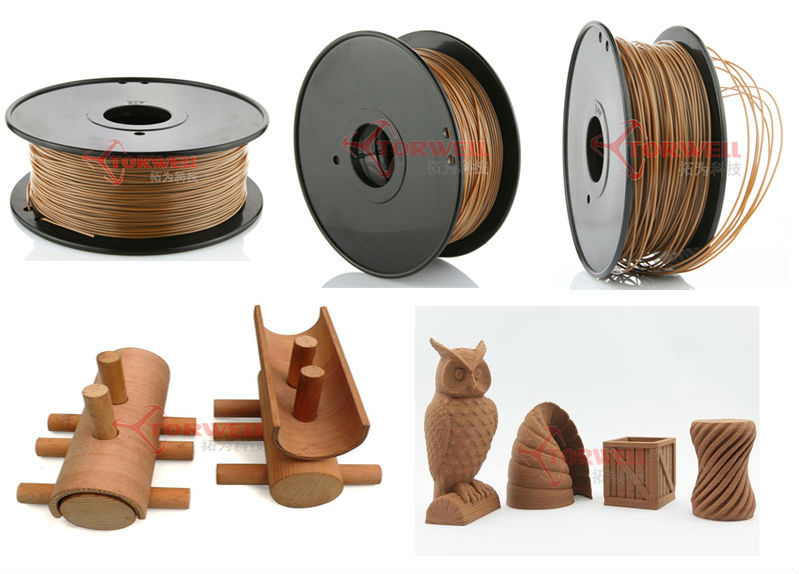 Islam was able to 3D print a 1.3 x 1.3 x 1.3 mm cube with 100 x 100 µm tunnels passing through in 100 µm pitch, in 5µm layers. The picture showed above shows a carbonized sample with a design lattice thickness of 100 µm and gap between adjacent lattice of 100 µm. Once carbonized, the scaffolds are tested for cell culturing and tissue engineering.
Islam was able to 3D print a 1.3 x 1.3 x 1.3 mm cube with 100 x 100 µm tunnels passing through in 100 µm pitch, in 5µm layers. The picture showed above shows a carbonized sample with a design lattice thickness of 100 µm and gap between adjacent lattice of 100 µm. Once carbonized, the scaffolds are tested for cell culturing and tissue engineering.
The Future
Having shown that carbonizing 3D printed structures works for tissue engineering, KIT can continue to expand on the structural designs used for these scaffolds.
For more information about the microArch S130 and available photopolymers contact BMF.
Scientists’ '3D cryoprinting' technology enables creation of cell scaffolds with tissue-regenerating potential
0Shares
University of California, Berkeley (UC Berkeley) researchers have developed a freezing-modulated cross-linking approach that could allow for the 3D bioprinting of human tissues with improved clinical viability.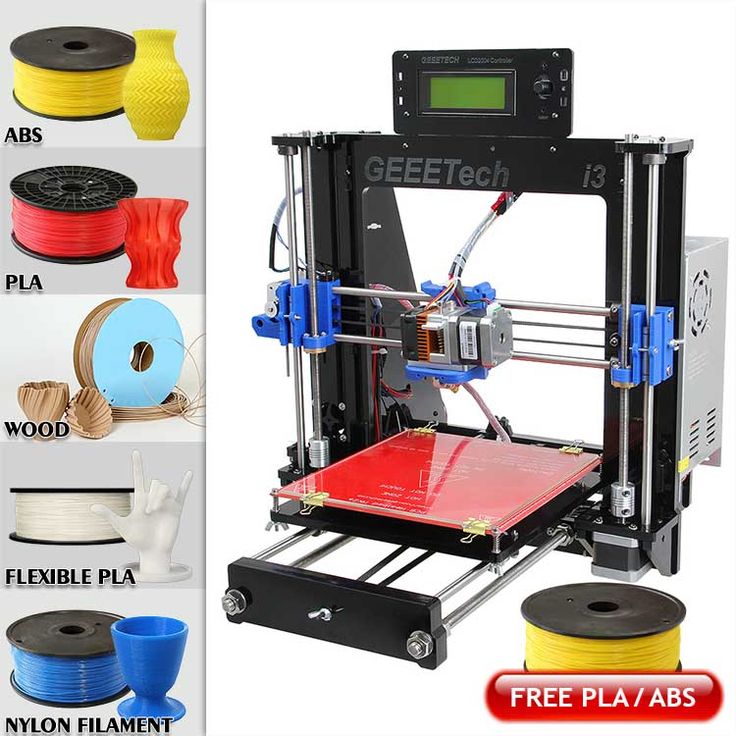
Unlike ordinarily-bioprinted tissues, which can be too soft to support their own weight, the team’s technology sees bio-inks frozen and cross-linked, facilitating the creation of cell structures capable of retaining a desired shape. Using this ‘3D cryoprinting’ process, the scientists believe it may be possible to produce robust alginate scaffolds seeded with cells, either for lab culturing or tissue regeneration.
UC Berkeley’s Etcheverry Hall facility, which houses its mechanical engineering department. Photo via UC Berkeley.Rethinking the ‘3D cryoprinting’ process
Although 3D bioprinting has become a popular means of engaging in cell-based research, the technology remains difficult to use with softer biomaterials like sodium alginate. Despite the seaweed-based complex carbohydrate’s relative affordability and strong biocompatibility, it continues to come with lengthy lead times caused by necessary cross-linking.
In order to get around the drawbacks of such bio-inks, many researchers now print them into structures layer-by-layer using 3D cryoprinting, a process that sees them rapidly cooled and frozen into place upon deposition. However, as the Californian team point out in their paper, the technology’s approach to solidifying materials also makes them difficult to cross-link, and thawing can lead to their collapse.
However, as the Californian team point out in their paper, the technology’s approach to solidifying materials also makes them difficult to cross-link, and thawing can lead to their collapse.
To make matters worse, the scientists add that 3D cryoprinting often necessitates the use of internal crosslinking, which only allows bio-inks to be extruded for short periods before they suffer from high viscosity, and the process of defrosting also reduces scaffold viability, particularly in tissue engineering applications.
An alternative cryoprinting technique developed at Harvard Medical School and Sichuan University. Image via Harvard Medical School/Sichuan University.Honing a freezing-modulated alternative
In their efforts to come up with an alternative to conventional 3D cryoprinting, the scientists have developed freezing-modulated cross-linking, a process in which structures are frozen but then thawed in a calcium bath. Through doing so at a controlled rate, the team says it’s possible to cross-link tissues layer-by-layer, thus allowing them to retain a set shape.
During the early stages of their technology’s R&D, the researchers began by using a mathematical model to identify the optimal temperature at which materials should be frozen and defrosted. Once these parameters had been established, the team harnessed their process to produce a variety of multi-layer alginate objects, which could be refrigerated or kept frozen for later cell-based experimentation.
Initial results showed the quantity of calcium that materials were bathed in, had no impact on their shrinkage, and lowering the process’ temperature wasn’t found to yield any accuracy benefits either. That said, when it came to defrosting the scaffolds, melting these at a higher rate did cause them to shrink, with tissues cross-linked at 20 °C becoming smaller than those cross-linked at -0.05 °C.
Having identified cross-linking at an object temperature of -80 °C and bath temperature of -0.05 °C, as the ideal parameters for their process, the researchers say it could now widen 3D cryoprinting’s applications.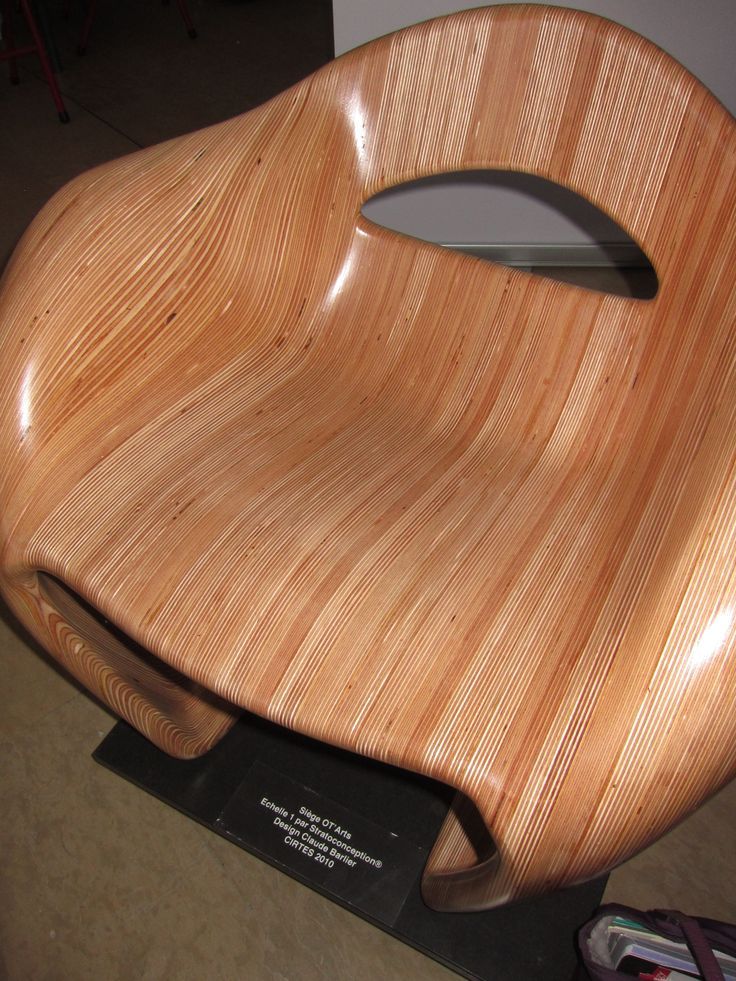 However, the team also accepts that further research is needed into the way their approach affects cell viability, something that’ll be critical to its deployment in regenerative tissue R&D.
However, the team also accepts that further research is needed into the way their approach affects cell viability, something that’ll be critical to its deployment in regenerative tissue R&D.
Freezing in 3D bioprinting development
As is the case with traditional 3D bioprinting, cryoprinting continues to be the subject of intense lab-based research, with scientists around the world seeking to perfect and experiment with the technology. Earlier this year, a team at Harvard Medical School and Sichuan University developed a novel means of 3D printing freestanding, mixed-cell tissues, including live human muscle-tendons.
Back in 2018, researchers at Imperial College London, also developed a similar method, which involved using cryogenics to 3D print soft tissues, capable of fooling the human lungs and brain into thinking they’re genuine. At the time, the seeding of live dermal fibroblast cells onto 3D printed scaffolds was seen as an important step forward that showcased the potential of cryoprinted inks.
At the time, the seeding of live dermal fibroblast cells onto 3D printed scaffolds was seen as an important step forward that showcased the potential of cryoprinted inks.
Elsewhere, other 3D bioprinting developments have seen the technology advanced to the point that it can be used to produce highly-complex cell structures. Late last year, for instance, scientists at the University of Montréal, Concordia University and the Federal University of Santa Catarina, were able to 3D bioprint mice brain cells.
The researchers’ findings are detailed in their paper titled “Freezing-modulated-crosslinking: A crosslinking approach for 3D cryoprinting,” which was co-authored by Linnea Warburton and Boris Rubinsky.
To stay up to date with the latest 3D printing news, don’t forget to subscribe to the 3D Printing Industry newsletter or follow us on Twitter or liking our page on Facebook.
For a deeper dive into additive manufacturing, you can now subscribe to our Youtube channel, featuring discussion, debriefs, and shots of 3D printing in-action.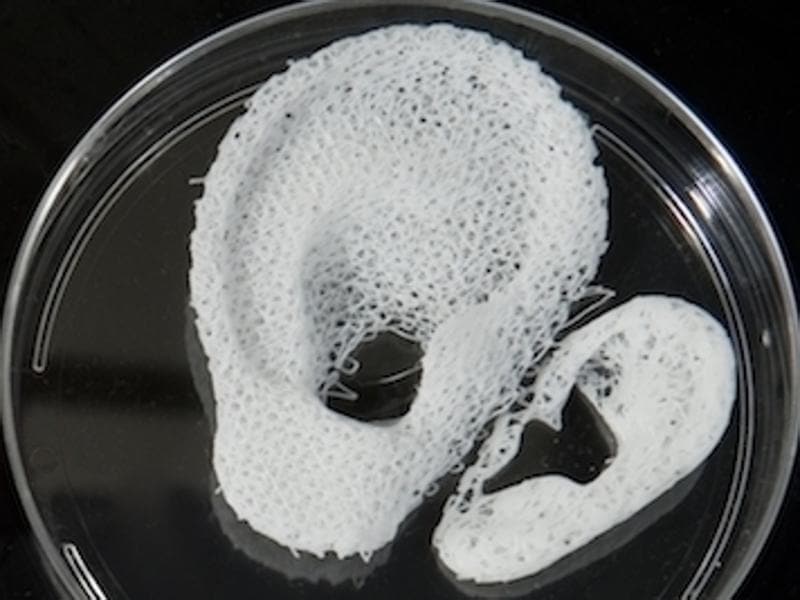
Are you looking for a job in the additive manufacturing industry? Visit 3D Printing Jobs for a selection of roles in the industry.
Featured image shows UC Berkeley’s Etcheverry Hall facility, which houses its mechanical engineering department. Photo via UC Berkeley.
Tags Concordia University Federal University of Santa Catarina Harvard Medical School imperial college london Sichuan University University of California Berkeley University of Montreal
Paul Hanaphy
Paul is a history and journalism graduate with a passion for finding the latest scoop in technology news.
Scaffolding STL file 1:14・3D printed design for download・Cults
Tig Rc 1:14
2.50 €
jack 1:14
3.33 €
Whell truck 1:14 Tamiya
1.67 €
Canal 1:14
2 €
Truck Whell 1:14
4 €
Truck Whell 1:14
4 €
Beton Block 100x50x50 rc 1:14
2.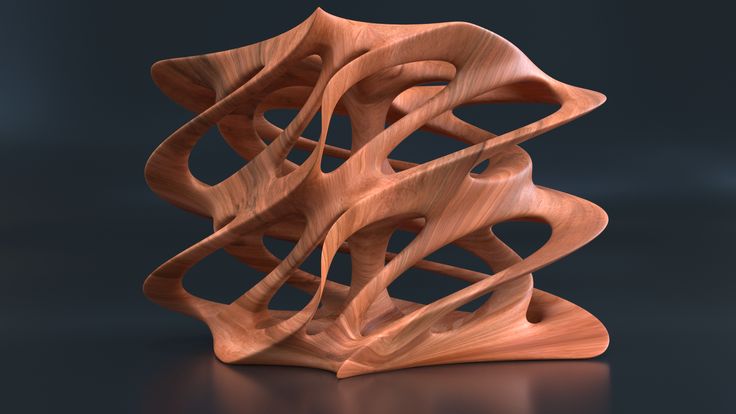 91 €
91 €
Silo 1:14 Baumit
2,50 €
Best 3D printer files in Game category
Minecraft Steve, articulated, print-in-place (no assembly), no supports
1.22 €
Angelic Guard - DnD Character - 2 Poses
3,75 €
Marble Run Compatible Straight Ramps
Free
Macross Robotech Valkyrie VF-1S
22.24 €
Minotaur Wheeled Vehicle IFV
Free
Hunter Spider Flexi
1.05 €
Amazed Archie
Free
MEDIEVAL STONE BRIDGE / ADDITION TO PLAYMOBIL
2,85 €
Bestsellers in the Game category
Articulated Bunny
2,80 €
NICOLETTI SPACE BEETLE
33 €
Non-chronic melee kit
7 €
Bob the Bear, the first of Octahaunted's sadists
8.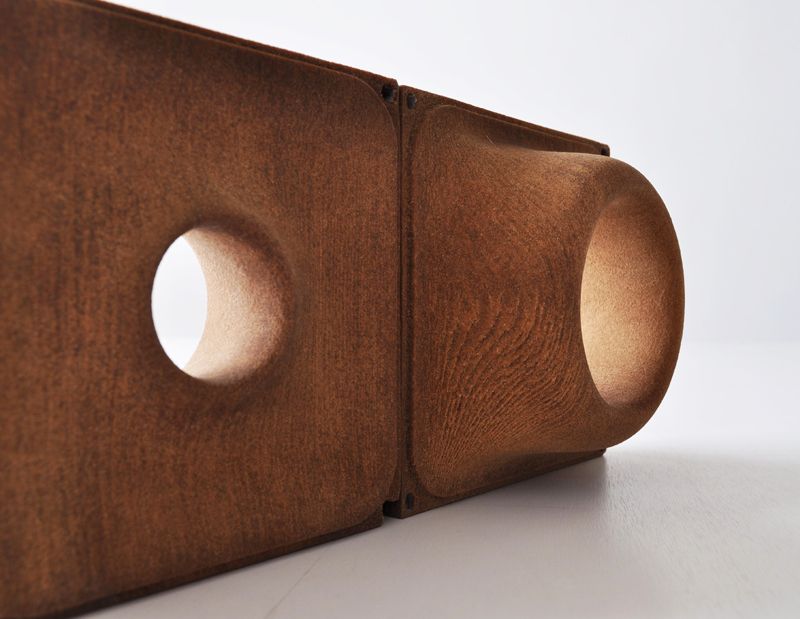 88 €
88 €
Batman's crossbow weapon / Seal in place
2,50 €
Lazy Cat
3.74 €
Chopper motorcycle print-in-place
1 €
Cataphractal terminators - armaments and weapons
€5.99 -10% 5.39 €
Articulated dragon
3.74 €
Snake and rattlesnake
3.74 €
Good flexi dragon
1.77 €
Knight Gravity Bodies [PRE]
8.29 €
Stick by Play Conveyor
2. 97 €
97 €
Knights Prime Bodies [PRE]
8.29 €
Space Police Adaptus...
4 €
Flying unicorn
1.77 €
💖 Do you want to support Cults?
Do you like Cults and want to help us continue our journey on our own ? Please note that we are a small team of 3 people, so it is very easy to support us in maintaining activities and creating future developments. Here are 4 solutions available to everyone:
-
AD: Disable the AdBlock banner blocker and click on our banner ads.
-
AFFILIATION: Shop online with our affiliate links here Amazon.
-
DONATIONS: If you want, you can donate via Ko-Fi here 💜.
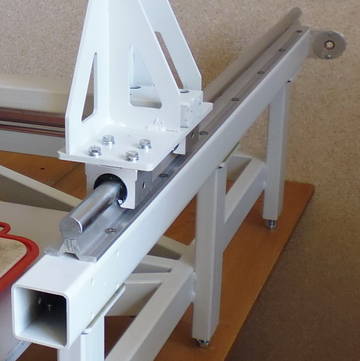
-
INVITE FRIENDS: Invite your friends, discover the platform and the amazing 3D files shared by the community!
3D printers in construction: prospects for application
At first glance, 3D printing structures seem to be some kind of shell of a half-finished building. But upon closer examination, you will not find even a brick. Layers of material seem to build up one on top of the other - this is how a complex structure is created. It's a futuristic world of 3D printing where robotic arms automatically layer and compress layers of concrete or plastic or any other material into a foundation and build a structure.
This method of construction is quite niche today - only a few prototypes of 3D houses and offices have been printed in the world. However, this technology represents an exciting and potentially powerful solution to building change.
What is 3D printing in construction, what is the potential, and will we be working on 3D printed projects in the near future?
- What is 3d printing in construction?
- 3D printers in construction: how is it done?
- 5 examples of innovation
- How can 3d printed projects help construction companies?
- 3D printing distribution
- Civil engineering 3D printing
- Wiki House technology - an open source project for 3D printing: what is behind the concept
- Reverse side of medal
- How 3D printing can be integrated into construction
- About PlanRadar
3D printing in construction - what kind of technology?
3D printing for construction uses both a 3D printer, which has a robotic "crane-arm" that builds structures directly on the construction site, and the creation of certain elements by printers at the factory, which are already assembled into a structure on site.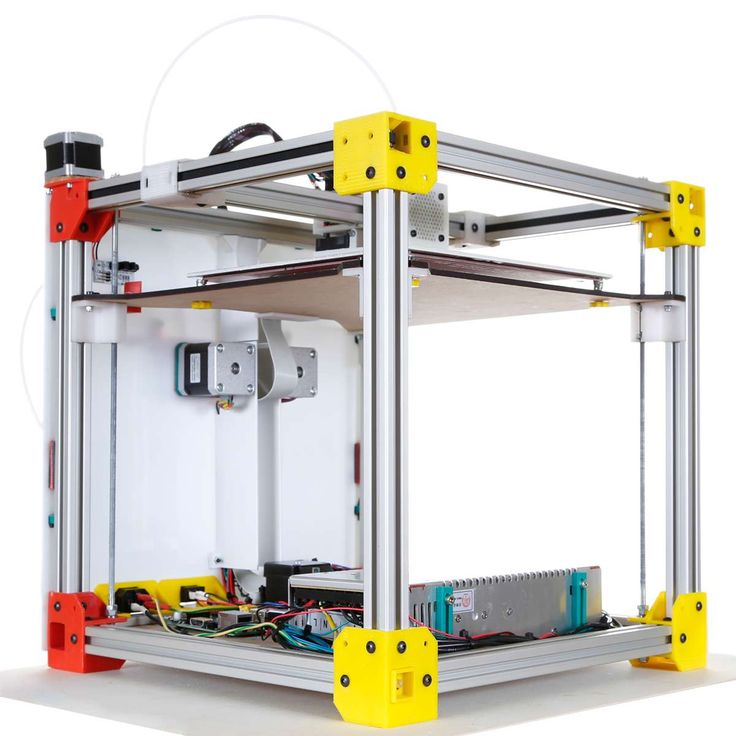
The concept of 3D printing is not new: it first appeared in the 80s. But it's only in the last decade that this technology has been improved enough (and the cost significantly reduced) to become a real mainstream.
3D printers are not much different from conventional inkjet office printers. The software tells the printer about the dimensions of the final product. And then the printer starts to output the material to the platform according to the plan. 3D printers often use liquid metals, plastics, cement, and variations of various materials that, when cooled and dried, form a structure.
In a construction 3D printer, the CAD or BIM programs tell the device what to print, and the machine starts layering the material according to the design plan.
3D printers in construction: how do they work?
3D printing concept - The printer extrudes a defined liquid mixture in layers, layer by layer, creating a design based on a 3D model. The prepared mix of concrete, filler, plasticizer and other components is loaded into the hopper of the device and fed to the print head. The mixture is applied to the surface of the site or to the previous printed layers. This is how most 3D printers work. Among them, there are three types of devices for 3D printing:
The mixture is applied to the surface of the site or to the previous printed layers. This is how most 3D printers work. Among them, there are three types of devices for 3D printing:
Robotic printer
Read also: New technologies in construction 2021
5 innovative examples of 3D printing
To date, only a few 3D printing projects have been implemented in the construction industry. Here are five of the most impressive and promising projects:
Dubai City Hall Office Building, UAE
1. Dubai City Hall Office Building, UAE
3D printed building. The office block built in the UAE is 9,5 meter high building with an area of 640 m2.
An Apis Cor 3D printer moved around an open-air construction site with a crane and erected various parts of the structure.
2. Office of the Future, UAE
Office of the Future, UAE
Another impressive 3D printed building in the UAE, the Office of the Future is a unique, fairly large structure that currently houses a temporary headquarters organization Dubai Future Foundation.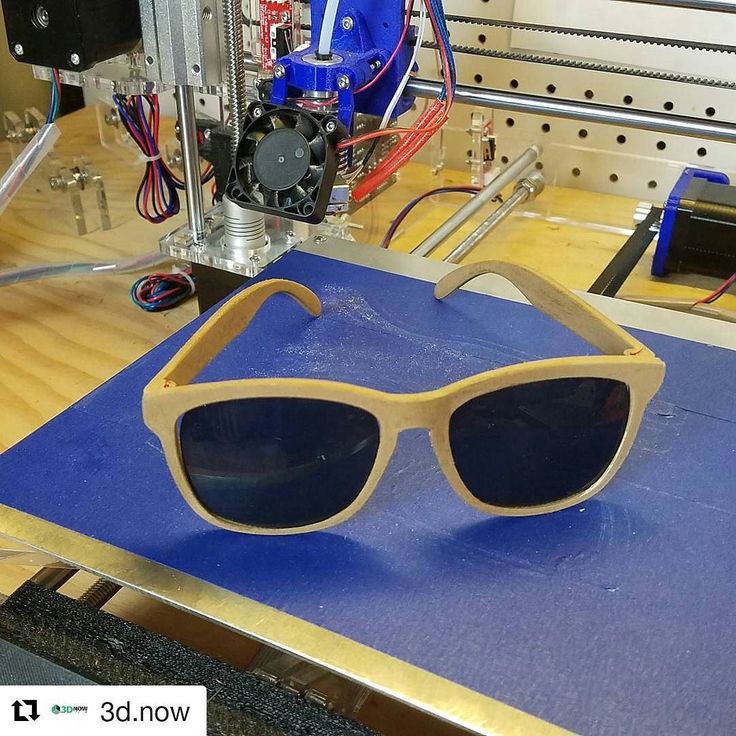
For this building, the elements were not created on site and were printed in 17 days, while the building itself was assembled in 48 hours.
3. WinSun 3D Printer Homes, China
WinSun 3D Printer Homes, China
WinSun 3D Printing Company in China has also applied factory-built 3D printers to build residential buildings. The company has created several house projects, including a small multi-storey building. All construction details can be printed quickly and cheaply and then quickly assembled on the construction site.
The company calculated that it could cost as little as $161,000 to build and print their five-story building.
4. Lewis Grand Hotel, Philippines 3D printed number
Lewis Grand Hotel, Philippines 3D printed number
When planning a trip to the Philippines, consider staying at the Lewis Grand Hotel in Angeles City , Pampanga, where visitors will be greeted with the world's first 3D printed hotel suite. The hotel room was designed by Lewis Jakich, hotel owner and materials engineer, in collaboration with 3D printing specialist Anthony Rudenko. They created a massive 3D printer that prints sand and concrete based on volcanic ash. The room was printed in 100 hours.
The hotel room was designed by Lewis Jakich, hotel owner and materials engineer, in collaboration with 3D printing specialist Anthony Rudenko. They created a massive 3D printer that prints sand and concrete based on volcanic ash. The room was printed in 100 hours.
5. Two-story mansion in Beckum, Germany
Two-story mansion in Beckum, Germany
The first 3D-printed residential building with an area of about 80 square meters - the brainchild of the German construction company PERI GmbH and the architectural design bureau MENSE-KORTE ingenieure + architecture. A BOD2 3D printer was used to print one square meter of double wall cladding in 5 minutes. The building is a structure with three-layer hollow walls filled with insulating mass. Installation of hollow pipes and connections during printing was carried out manually.
3D printing in construction seems really impressive, but what are the real benefits of such technology?
How can 3D printed designs help construction companies?
Proponents of 3D printing houses and commercial offices point to several advantages of this construction method:
- Zero waste construction
In the UK, almost a third of the waste comes from the construction industry. According to the Transparency Market Research Group, the construction industry worldwide will produce 2.2 billion tons of construction waste by 2025. And although most of the waste is related to the demolition of buildings, the construction sites themselves produce a lot of waste.
According to the Transparency Market Research Group, the construction industry worldwide will produce 2.2 billion tons of construction waste by 2025. And although most of the waste is related to the demolition of buildings, the construction sites themselves produce a lot of waste.
Conversely, 3D printing can reduce waste to almost zero. A 3D printer uses a well-defined amount of material that is required to print a design - no more, no less. This can be a big savings.
- Reduced energy consumption
3D printing in construction encourages the use of locally available materials and natural ingredients. This practice can reduce energy costs in transportation, construction and manufacturing, as most local materials require less energy to process or install. If traditional materials with toxic chemical impurities are replaced with natural ones, then the toxicity of the entire construction can be reduced. In addition, local materials are often better suited to local climates and can reduce a building's heating or cooling load, which also reduces construction costs.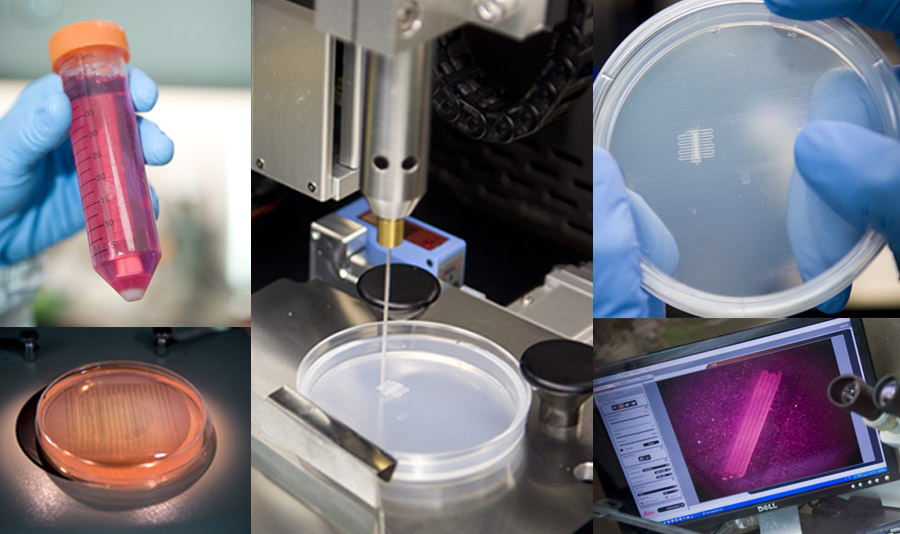
- Save time and money
As with AI in construction, a 3D printer can run 24 hours a day, 7 days a week. This means construction projects have the potential to be completed much faster and a number of low-skilled labor costs can be avoided. What's more, 3D printing eliminates the need for temporary structures, such as formwork and scaffolding, that are commonly used in traditional construction. Studies of 3D printed concrete structures have shown a significant reduction in formwork requirements, reducing costs by 35-60%.
- Can realize unusual design shapes
One of the most attractive characteristics of 3D printers is their ability to create complex and unusual design designs, including a single, unique one. Since the job of a 3D printer is to layer the material, they can be programmed into absolutely any unusual shape that would be much more difficult to create with traditional techniques.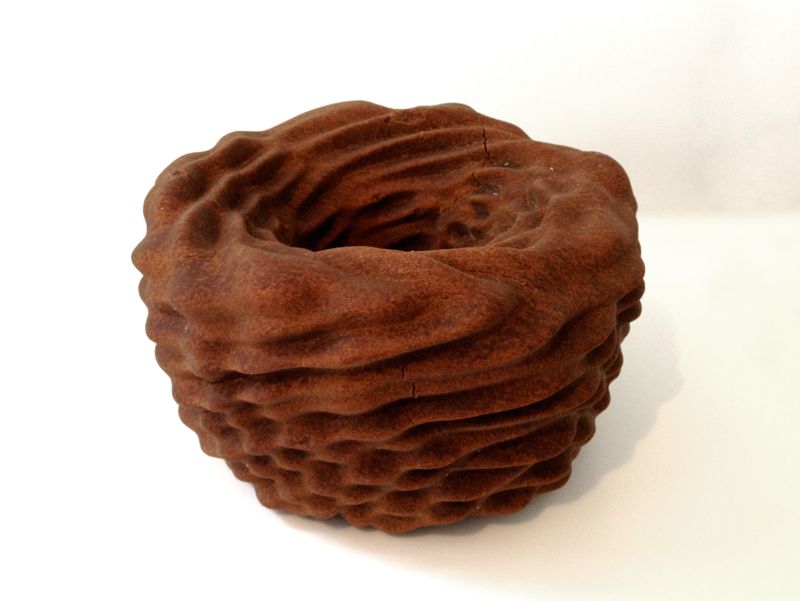
- Minimize human error and improve safety
The published injury statistics at the workplace by the American agency BLS in 2020 indicates that construction is one of the injury-prone areas and a high incidence of diseases. Every day, about 5333 workers die on the construction site. And with the advent of 3D printing, the number of work injuries and fatalities will obviously decrease, as it makes construction more programmable and automated. Robotic construction requires standardized, accurate and complete digital building information, making this technology more accurate and efficient, with minimal rework due to human error or any information inconsistencies. The usual problems with materials and components that need to be stored somewhere, protected from damage are leveled out, problems with installation and work in progress due to damage also disappear - 3D elements are created as they are built, they do not need to be moved and stored.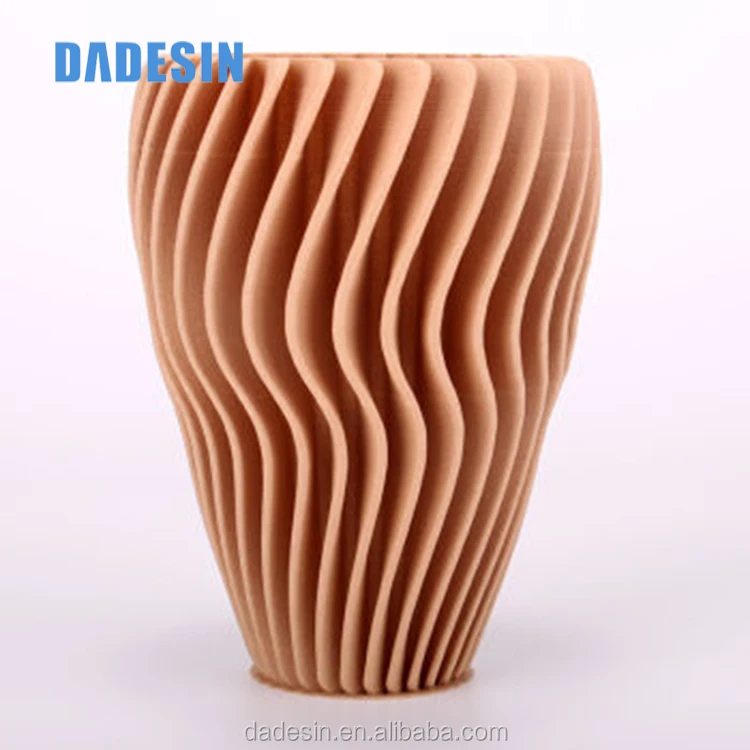
- Exploring new markets
The use of a 3D printer also allows construction companies to enter new market sectors that were previously inaccessible to them. And for start-up companies, having a 3D printer will be a competitive advantage. What's more, 3D printing is a brilliant way to elevate or improve the reputation of a construction company's brand among those who believe that concrete production has an impact on the planet's environment.
Distribution of structural 3D printing
3D printing for structural reinforcement, small scale components and structural steel could revolutionize design, construction and space exploration. In addition, the European Space Agency (ESA) believes that using 3D printed metals to create high-quality complex shapes can significantly reduce their cost, and they will become very common.
ESA has developed a project with the European Commission to improve the printing of metal components that can be used in space. In total, 28 European partners have united for the joint project AMAZE (Additive Manufacturing Aiming Towards Zero - layer-by-layer 3D printing for zero waste from production and efficient production of high-tech metal products).
In total, 28 European partners have united for the joint project AMAZE (Additive Manufacturing Aiming Towards Zero - layer-by-layer 3D printing for zero waste from production and efficient production of high-tech metal products).
Almost everything can be designed on a computer, so AMAZE plans to install a 3D printer on board the spacecraft, and as soon as an astronaut needs any part, a tool, he can simply print it.
Structural 3D printing
Civil engineering 3D printing
Civil engineering 3D printing has been gaining popularity over the past decade, as has the aerospace and biomedical industries. This revolutionary manufacturing technique is based on its unique ability to create any geometric shape without any formal restrictions, minimizing waste but increasing productivity and results. The construction industry's push towards automation has recently reached important milestones, including the creation of the first structures using robotic "arms" and 3D printing technology.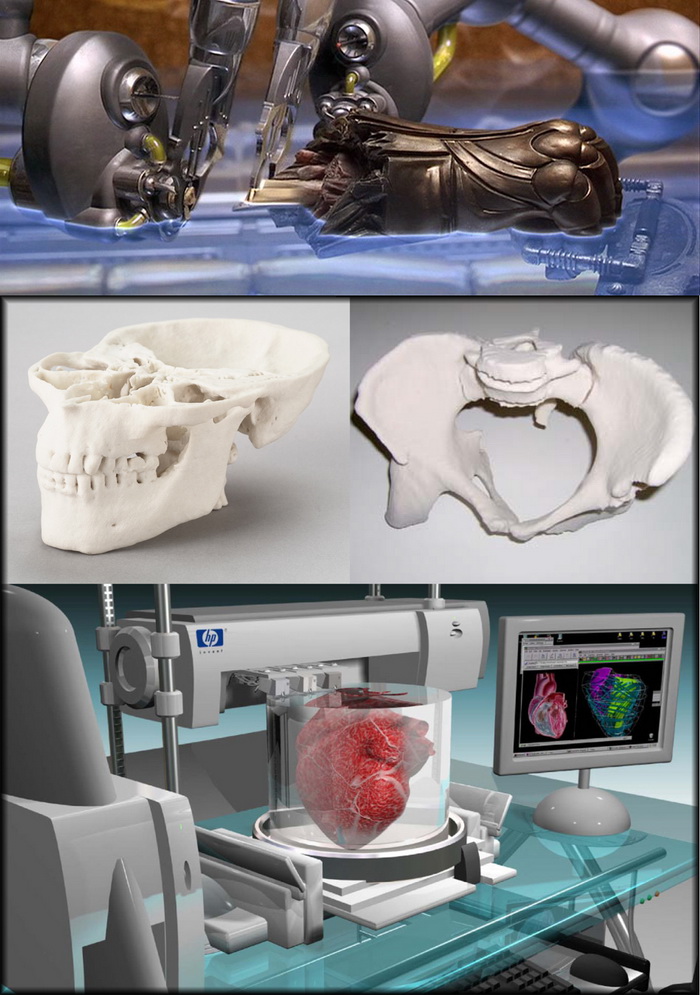
The use of 3D printing in the creation of structural elements from polymer materials, concrete and metals is becoming more common.
These civil engineering technicians can create freeform and innovative architectural designs using CAD-integrated software.
However, despite considerable research in the aerospace and bioengineering industries to evaluate and analyze this mechanism, there is still a lack of understanding of its use, the impact of 3D printed materials in civil structures, both in terms of material properties and structural response.
Imperial College London
Read also: Best Building Apps in 2021
WIKI HOUSE - 3D printing in construction: what is the concept behind
Wiki House is an innovative project created by a small group of architects in London in 2011 . It offers an open source digital house design system that allows users to create, upload and share designs and print their own houses.
The kit does not require any special knowledge and training and can be created in 1 day.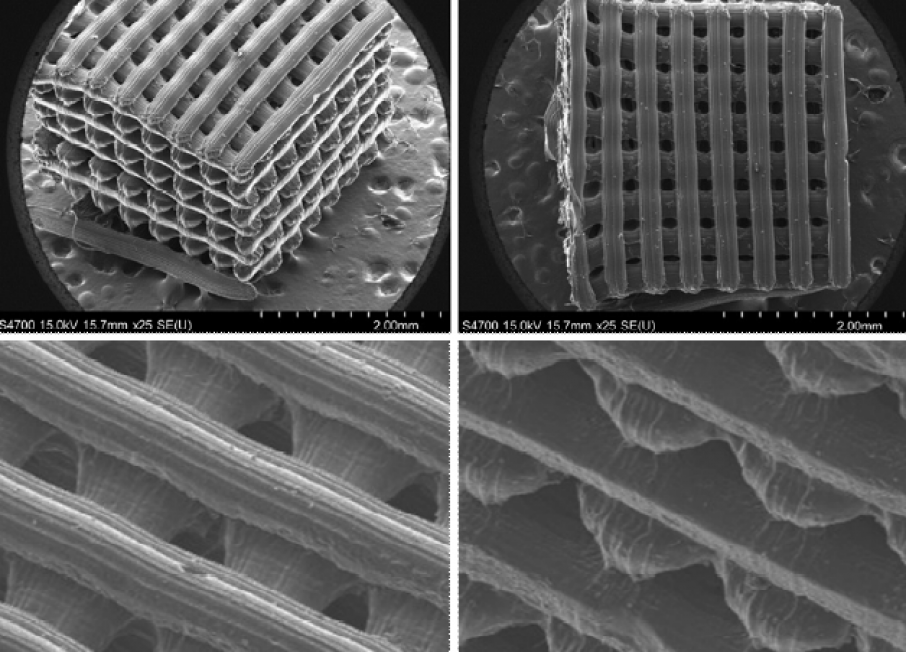 Elements are digitally cut from ordinary sheet material, like plywood, using a CNC machine. And it's much faster, less costly, and doesn't require the involvement of experts, as in conventional traditional construction.
Elements are digitally cut from ordinary sheet material, like plywood, using a CNC machine. And it's much faster, less costly, and doesn't require the involvement of experts, as in conventional traditional construction.
A standard two bedroom house can be built for less than £50,000 and additional components such as cladding, insulation, windows and more can be added to the main frame of the structure. The first house that was built on the basis of the open source Wiki House technology was a two-story building. The 3D printed house was presented at the London Design Festival in 2014.
The Wiki House movement was spearheaded by Alastair Parvin, whose TED presentation "Architecture for People, Built by People" talked about the promise of 3D printing in construction. The creator of this project believes that Wiki House can help solve the housing problem, especially in emergency situations such as earthquakes (there is already evidence that 3D-printed houses can withstand shocks up to magnitude 8).
In the future, this could become a real alternative to low-cost houses, while allowing the customer to control the design of the project.
3D building built using Wiki House
Will 3D printing be the sustainable future of building?
3D printing has the potential to revolutionize the supply chain and structure through a new method of design and manufacturing. According to the study, 3D printing can help the construction industry become more economical, more efficient and greener.
Saxon University of Applied Sciences scientists Ivo Kotman and Neils Faber claim that 3D printing technology will be a "game changer". They explored the possibilities of 3D printing concrete, and their conclusions are:
- 3D printing shortens the supply chain and the overall design process. 3D printing right on the job site eliminates time-consuming steps in the design process. The architects, engineers, contractors, clients, and executives who normally have to be actively involved in a project are no longer needed in 3D printing.
 Since all tasks can be combined in one figure of the architect, who uses the modeling method and reproduces the exact holistic designs.
Since all tasks can be combined in one figure of the architect, who uses the modeling method and reproduces the exact holistic designs. - Pipe fitting and electrical wiring become easier and more efficient. Heating systems, insulation, plumbing and electricity all require labor-intensive on-site installation in conventional construction. However, in 3D printing, some of these features can be incorporated into the 3D printing process. Cavity wall printing is less resource intensive, improves insulation, and allows the use of 3D-printed hot or cold water channels. Moreover, the need for on-site installation is eliminated, which directly affects the reduction of waste.
- The best logistics. 3D printing eliminates 3 logistics and shipping issues. Firstly, many materials and elements often deteriorate upon delivery, and if everything is printed on site, then damage is minimized
Secondly, in order to withstand transportation, the parts must be with increased technical characteristics, which by default increases the cost of them, and therefore the entire project.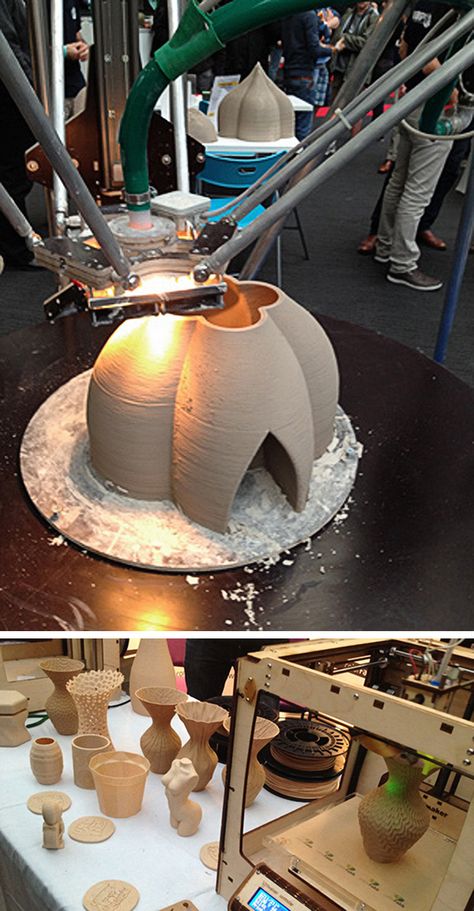 3D printing right on the construction site will help to avoid such additional costs.
3D printing right on the construction site will help to avoid such additional costs.
- Creation of individual house designs available to the general market. Usually, building a house with the involvement of an architect is an expensive pleasure for most consumers. But with concrete 3D printing, you don't have to worry about the chosen shape, it won't cost more. In fact, this means that in the future more people will be able to buy houses of their own design, according to their individual needs
Reverse side of the coin
While 3D printing is definitely attractive, it's still important to look at it impartially, removing some of the promotional stimulus.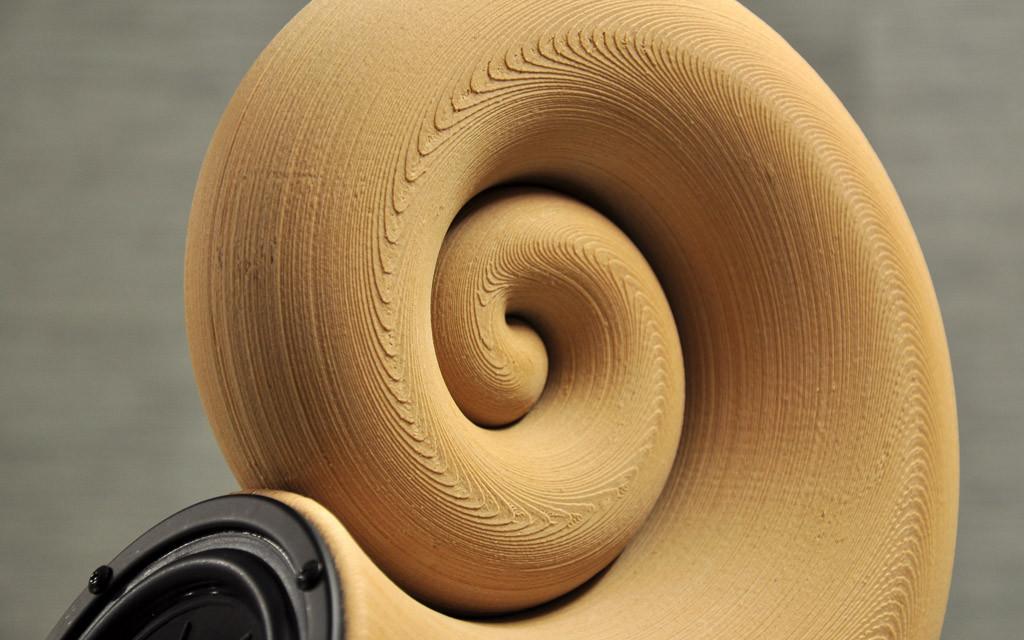 Skeptics note several disadvantages of this technology.
Skeptics note several disadvantages of this technology.
- Research and development costs
Most construction companies operate with relatively low profitability. To start using 3D printing everywhere, significant investments will be required.
- Will consumers see this as a marketing ploy?
3D printed houses, offices, shops and other infrastructure are often impressive. But do most people really want to live or work in one? For most people, brick houses are much more familiar and attractive. Other technologies such as prefabricated houses also seemed like an attractive technology of the future for some time, but have not been widely adopted, despite the fact that in many cases they were cheaper than traditional ones.
- Difficulty integrating with other components
3D printers can create unique and interesting designs. However, if you need a building that will use different materials or different elements that will not be suitable for 3D printing, then it will be a challenge to include a 3D printer for the building process.
- Skilled labor shortage
With the current problem of a shortage of skilled labor in the construction sector in general, 3D printing will require an even larger set of specialized knowledge and skills, which will have to be selected from an already small niche of candidates. So finding specialists to work in 3D printing for construction may be another difficult task in the future.
- Construction quality control
Weather conditions can slow down the traditional building process, but things are even worse for 3D printing. The environmental factor for commercial construction may reduce the demand for 3D printing. What's more, quality control can be a much more serious task, requiring constant monitoring of the process by real people at the construction site.
- No standards and regulations
Despite the regular mention of 3D printing in the media, it still has not had a significant impact on the construction sector. There is an obvious liability issue when using these printers, even more so than human liability when doing some construction work. And quite a few other ambiguities regarding this technology. So until norms and standards are established, as well as rules in this area, 3D printing is unlikely to become mainstream in the construction industry.
There is an obvious liability issue when using these printers, even more so than human liability when doing some construction work. And quite a few other ambiguities regarding this technology. So until norms and standards are established, as well as rules in this area, 3D printing is unlikely to become mainstream in the construction industry.
Read also: New technologies in construction 2021
How can 3D printing be integrated with construction?
At the moment there is strong evidence that 3D printing is worthy of attention and can be applied in the construction segment, and most likely that this technology will be used more in the coming years. True, it is not known how widely these devices will be used on the construction site, or whether they will remain only a tool for the manufacture of block elements for prefabricated structures. But for certain projects, it is reasonable to assume that 3D printers and this technology in construction will be a must-have tool in the arsenal of builders.